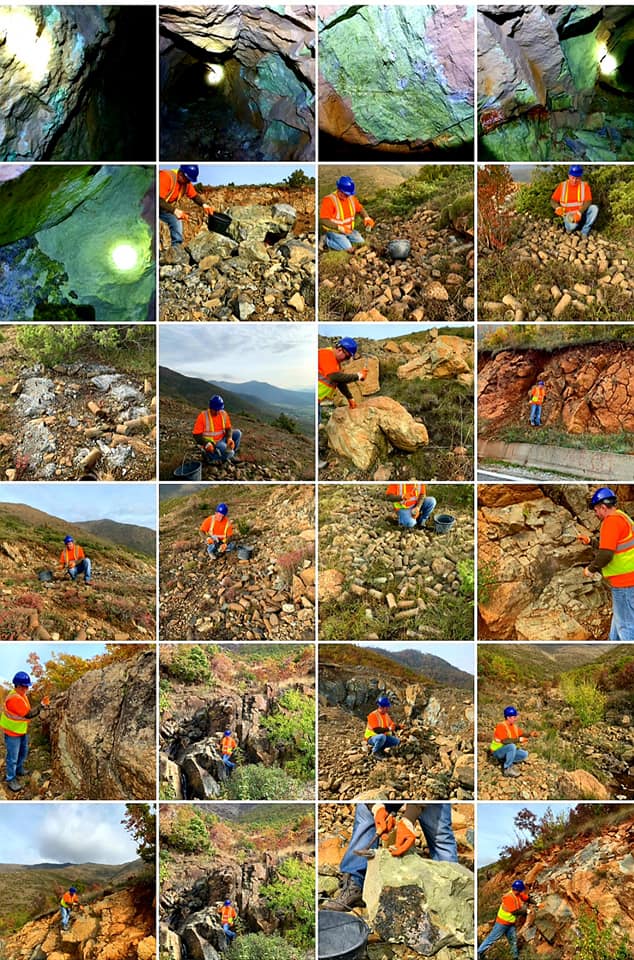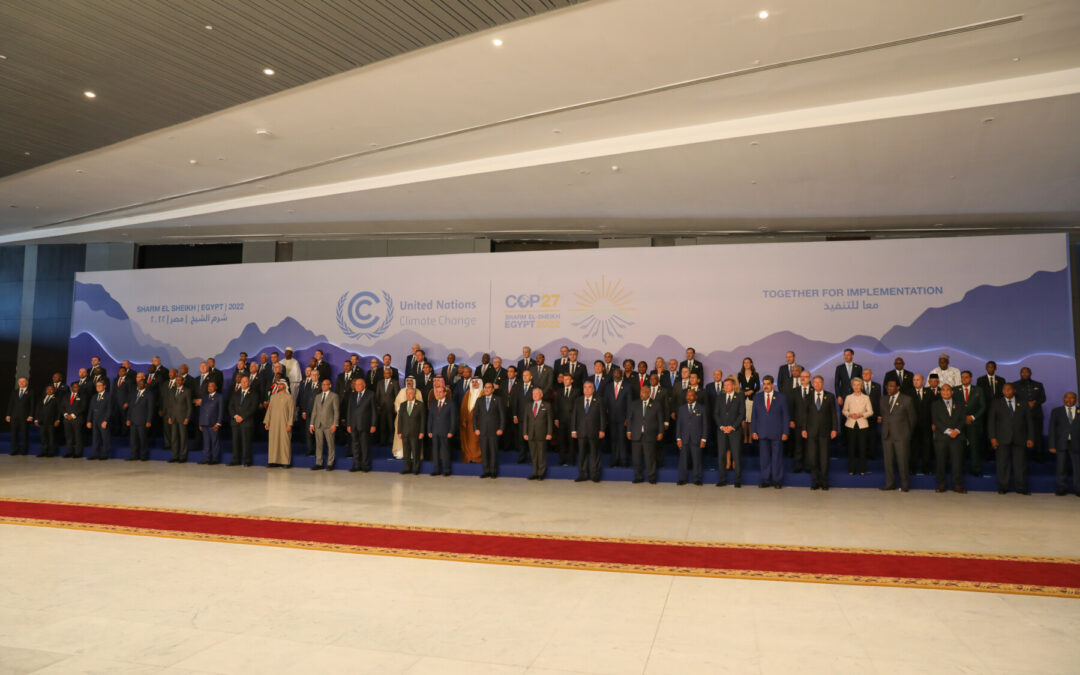Hurtigruten Norway has unveiled a new design for a zero-emission ship that relies on wind and solar power. The vessel will be electric and equipped with batteries that will be charged with renewable energy when in port.
CEO Hedda Felin hopes that this innovation “can inspire the entire industry”. Hurtigruten Norway runs cruises along the Norwegian coast to the Arctic Circle passengers will enjoy ‘superior guest comfort’ on board the ‘streamlined’ zero-emission ship, which will boast ‘ample outdoor space’ and large window-filled areas for taking in ‘spectacular’ views mid-voyage.
The vessel won’t be the world’s first zero-emissions cruise ship a vessel being built in Portugal’s West Sea shipyard that’s due to launch in 2026. Hurtigruten Norway plans to operate an entirely zero-emission fleet in time as part of its environmentally-oriented ‘Sea Zero’ project.
Sean McLaughlin, strategy consultant at Houlder stated;
“Collaboration on maritime energy efficiency, renewable propulsion and auxiliary technology – also known as clean technology – will be crucial to the shipping industry’s decarbonisation efforts in 2023. That is, collaboration between clean technology companies and shipowners, as well as between shipowners themselves.
“While the need to collaborate has been established for many years, we have recognised that often the reality does not match the rhetoric. Collaboration has become a decarbonisation buzzword but significant barriers to cooperation remain in practice. The Houlder team uncovered this collaboration challenge when we surveyed shipowners from across the container, tanker, bulk, cruise and ferry sectors as part of its sustainability advisory work.
“Every senior industry player interviewed confirmed that there is a willingness to collaborate and that it is critical to achieving rapid, fundamental change. However, collaboration is less evident in practice, as owners focus on achieving emissions reductions while safeguarding competitive advantage.
“Owners identified a lack of good quality and relevant operating data as a key barrier to the uptake of clean technology. There is also a perceived shortage of independent corroboration for the claims made by some technology vendors.
“None of the participants accused technology providers of suggesting deliberately misleading results but reflected that the data in a brochure will inevitably relate to another ship. So the results (and the unintended consequences) of any technology intervention need to be recognised as a retrospective, and sometimes fundamental, design change.
“There is an abundance of effective clean technologies available, and investments offer a clear opportunity to reduce emissions and costs through lower fuel use. It is often cost and time efficient to fit, whether retrofitting the existing fleet or integrating technology into newbuilds.
“Vessel efficiency improvements can also help shipowners navigate the complex maze of decarbonisation regulations, including the International Maritime Organization’s Carbon Intensity Indicator (IMO CIII) – which was implemented in January 2023.
Discover more from Green Innovation News
Subscribe to get the latest posts sent to your email.





